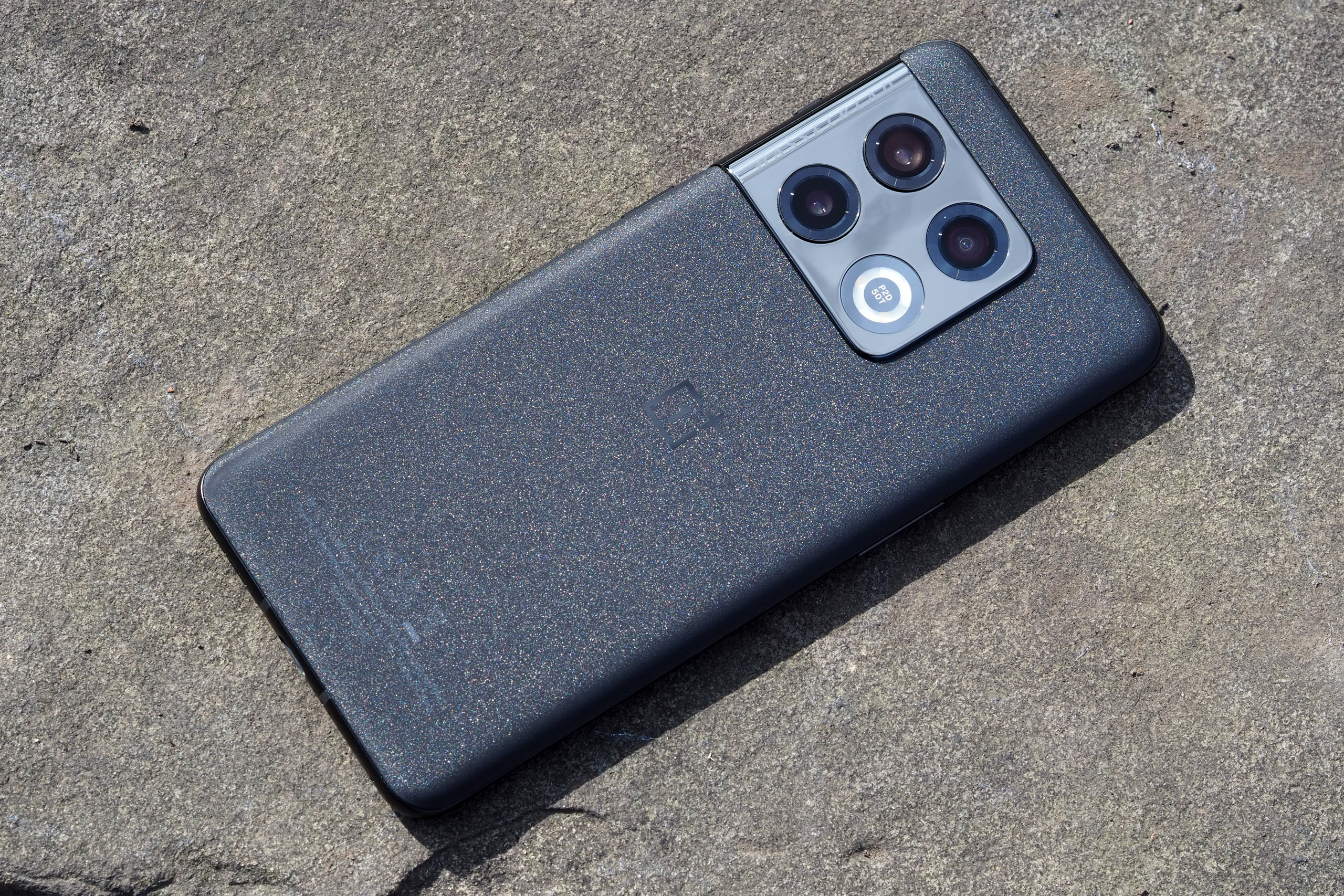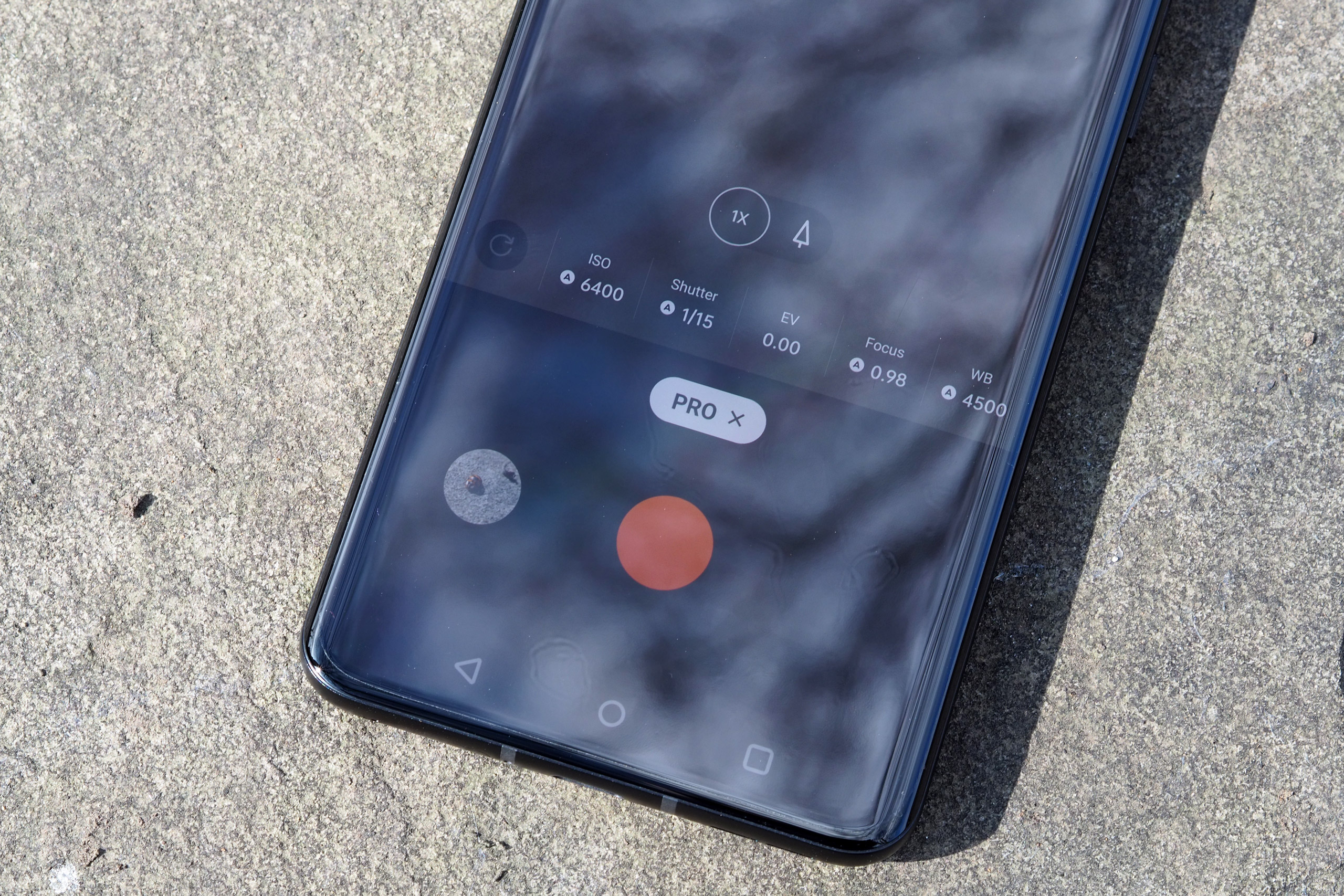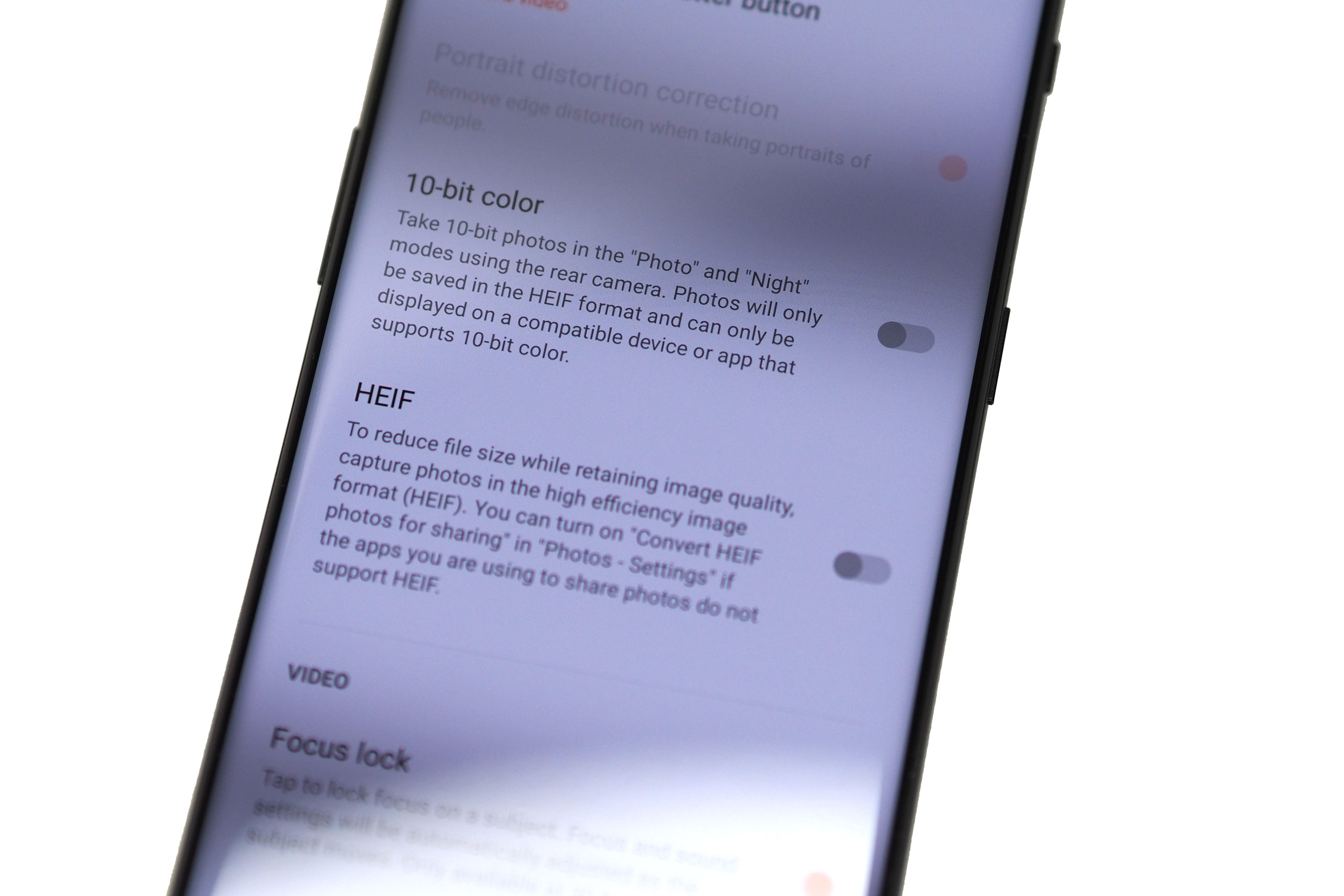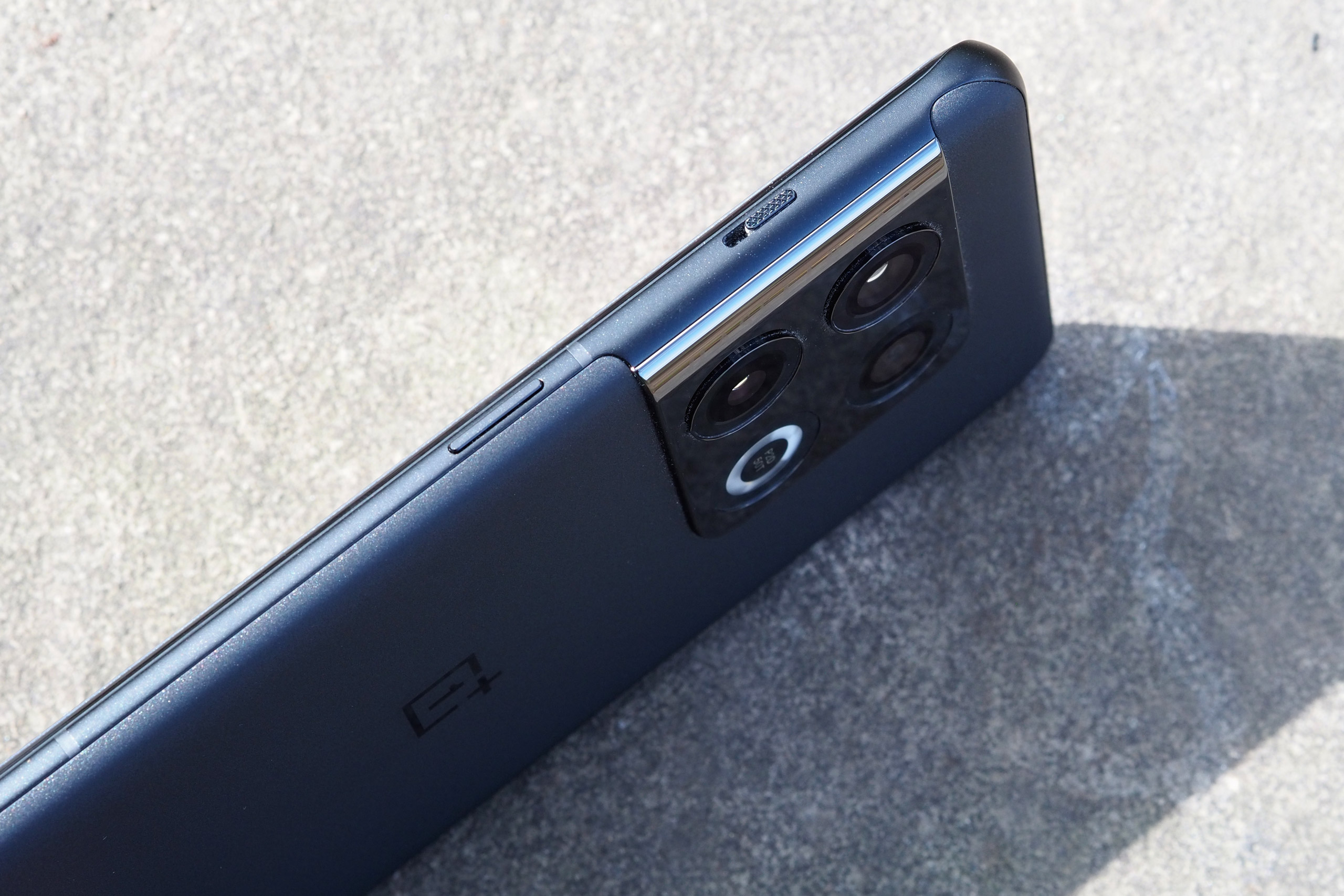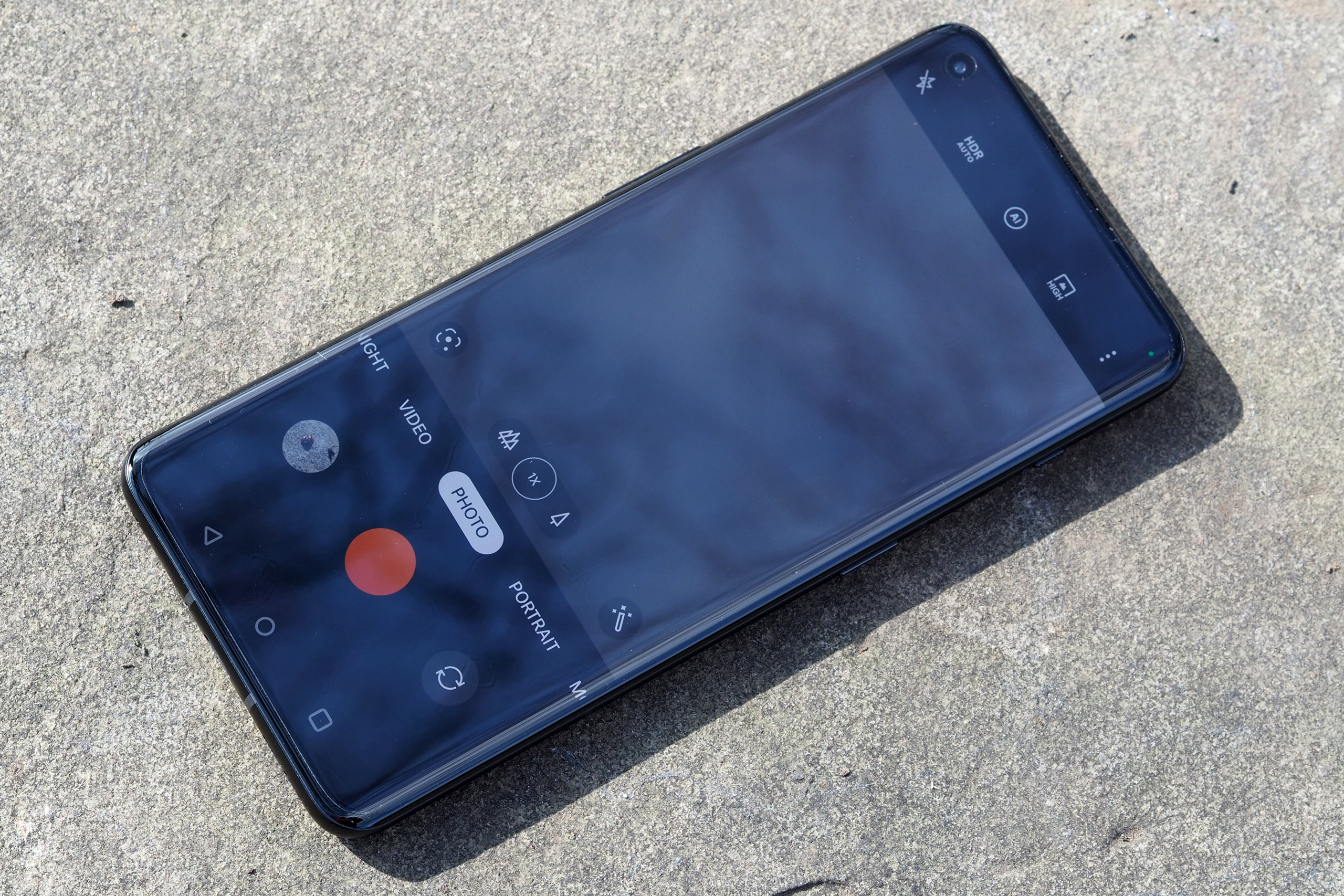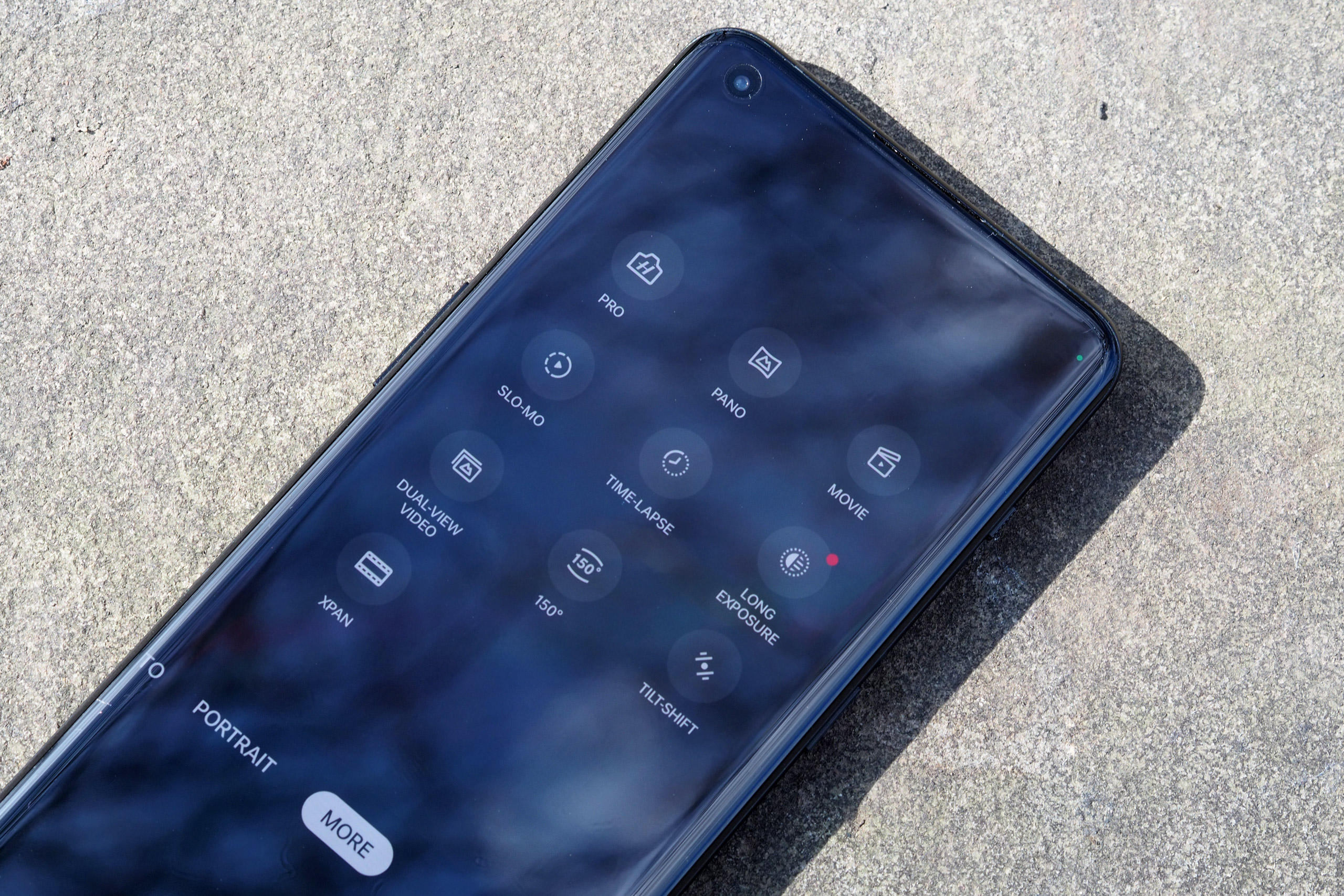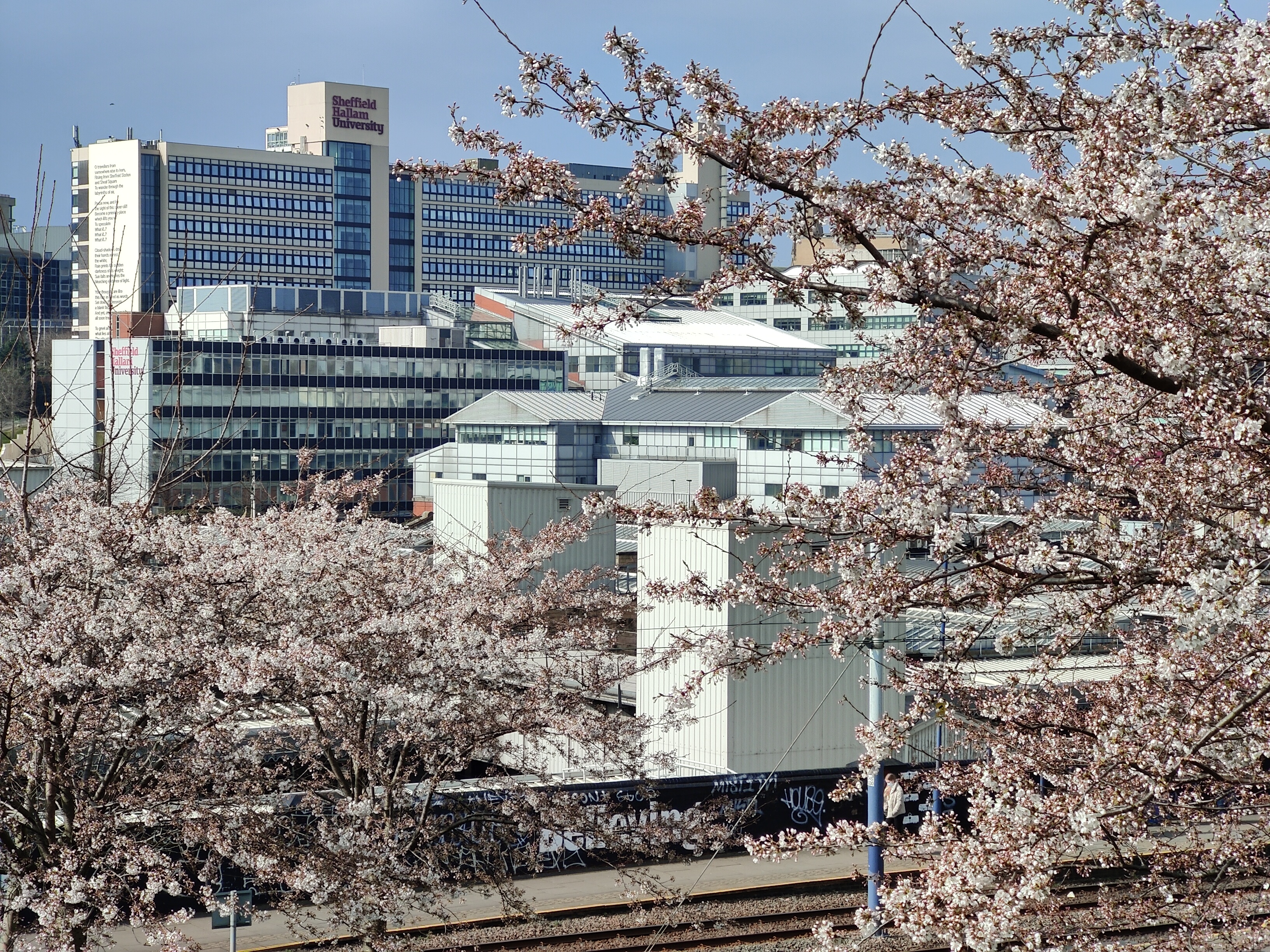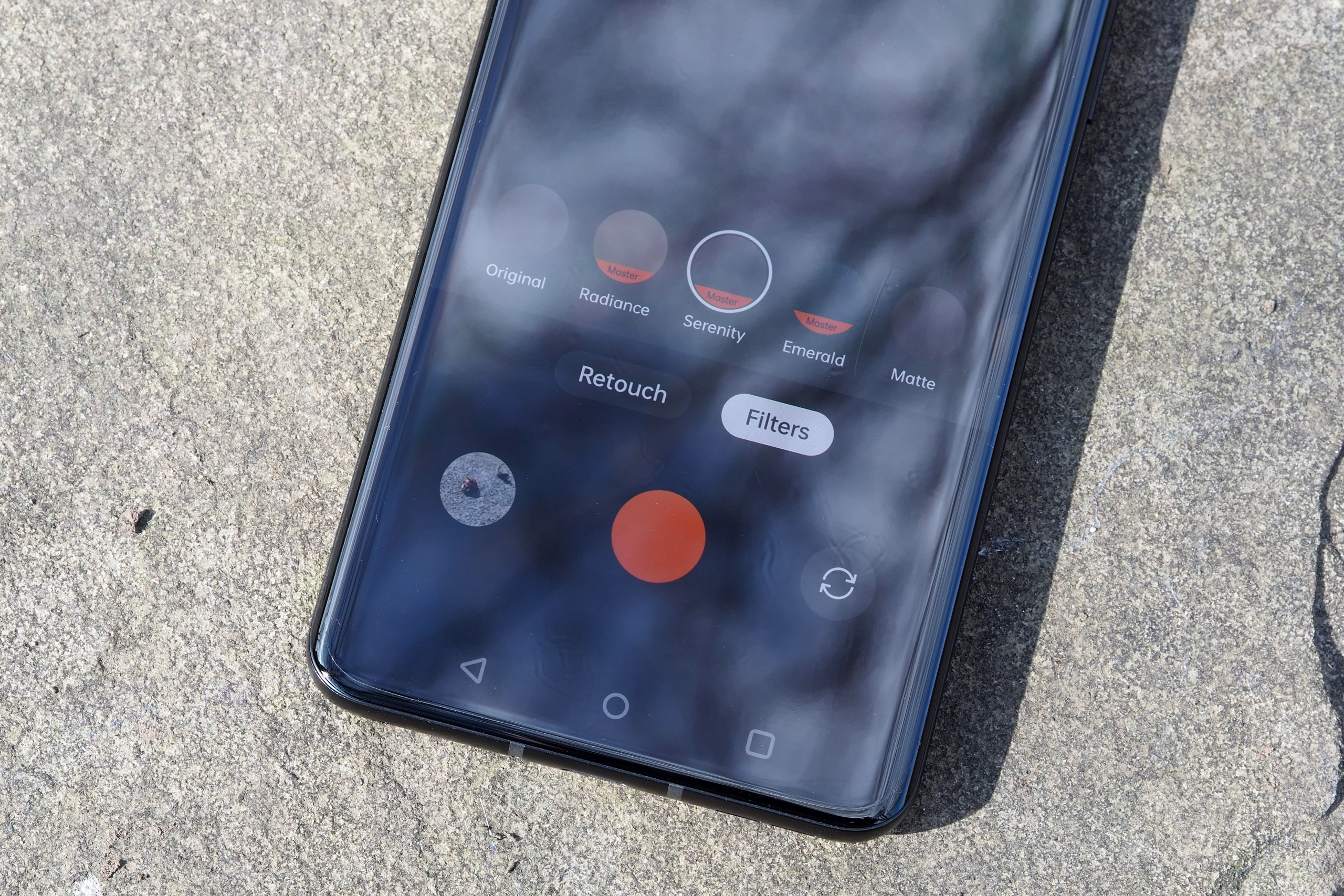The OnePlus 10 Pro offers a flagship smartphone, but at a more wallet friendly £799. This is the second smartphone made in collaboration with Hasselblad, with the camera system tuned by Hasselblad. With a triple camera system, featuring an ultra-wide camera, wide-camera and telephoto camera, does it deliver the goods?
OnePlus 10 Pro At a Glance
- 48MP PDAF Wide camera, 1/1.43-inch sensor, f/1.8 aperture, 23mm equivalent, OIS
- 50MP ultrawide camera, 1/2.76-inch sensor, f/2.2 aperture, 110/150degree, 15mm equivalent
- 8MP telephoto camera, f/2.4 aperture, 3.3x telephoto, 77mm equivalent, OIS
- 32MP f/2.2 fixed focus selfie camera
- 6.7-inch display, 20:9 aspect ratio, QHD+ (1440x3216pixels) AMOLED at 525ppi, upto 120Hz
- Operating System – Android 12
- Processor – Qualcomm Snapdragon 8 Gen 1
- www.oneplus.com/uk
OnePlus 10 Pro Hardware, Design and Features
OnePlus has been known for producing flagship smartphones at a more reasonable price for quite a while now, but with the OnePlus 9 Pro, they teamed up with Hasselblad to work on producing an improved camera system. The OnePlus 10 Pro is the second generation of smartphone and has introduced some new updates, including an ultra-ultra-wide camera, with a 150degree view.
There are three main cameras on the back, with an ultra-wide, which offers 0.6x view (corrected from the 150degree image), a standard wide camera, and a 3.3x telephoto camera. You can also access the 150degree view in the mode options, as well as a fisheye version of this camera.
The smartphone looks very stylish, with a thin, tall body housing a large colour calibrated 6.7inch screen. It’s available in two colour options, a sparkly black called Volcanic black, and an emerald green colour called Emerald Forest. Prices start at £799 for the 8GB/128GB version, or £899 for a 12GB/256GB version.
The main camera on the rear is a 48MP camera, and the same as the one found on the 9 Pro, with a SONY IMX789 1/1.48inch sensor, an f/1.8 aperture, and optical image stabilisation (OIS).
The telephoto camera, gives a 3.3x telephoto view, and is an 8MP camera, with an f/2.4 aperture, OIS, and up to 30x digital zoom.
The ultra-wide is an all new 50MP ultra-wide-angle camera with a 150degree view. In standard ultra-wide mode, the camera gives a 0.6x view (110degree), and is corrected for distortion. Switch the modes to 150 mode and you get an uncorrected ultra-wide view.
Both the main and ultra-wide cameras produce 12MP images, with the telephoto camera producing 8MP images as expected.
Hasselblad Pro Mode works with all three rear cameras, letting you switch between them at the top of the screen, you can also shoot 12-bit RAW, or RAW+ which maintains and embeds the computational photography into the raw file, for improved dynamic range and noise reduction (using multi-shot). Speaking of Hasselblad, there are a number of Hasselblad “Master” filters available developed by Hasseblad photographers.
All three cameras can also shoot in 10-bit mode, using the HEIF image format, although if you do use this mode you’ll struggle to view them on (most) other devices until you convert them back to 8-bit JPEG files.
The selfie camera is a 32MP sensor, with double the resolution of the one found in the 9 Pro, and supports nightscape mode, with “skin colour calibration”. This camera actually gives you 32MP images, rather than a reduced resolution. The maximum video resolution for the selfie camera is 1080p.
Video recording lets you record 4K video at up to 120fps (with sound), and 8K video at 24fps.
Unlike most other smartphones, the rear features a textured matte back, and this gives it slightly more grip, which makes a nice change from the slippery backs of other smartphones, and the included case also helps. There’s also a physical metal switch to use which lets you switch between ring/vibrate and silent – something that elevates the feeling of quality beyond smartphones without a switch.
A high-speed 80W charger is included in the box, plus other add-ons that you won’t find with many other smartphones. You’ll find a signature red USB cable, information on joining the OnePlus club, and some OnePlus stickers.
The screen is a high-resolution 6.7inch AMOLED (20:9) screen with an always-on display option, as well as a QHD+ resolution, 1billion colours, and variable refresh rate up to 120Hz. When you don’t need the high-speed refresh rate, the smartphone will automatcally save battery life by using a slower refresh.
It features Corning Gorilla Victus Glass to prevent scratches, and the rear of the smartphone has a fingerprint resistant matte finish made with Corning Gorilla Glass. The camera module has a ceramic cover designed to resist scratches as well.
There’s an 8GB/128GB option, as well as a 12GB/256GB option. There’s no MicroSD memory card expansion, with the smartphone supporting dual SIM cards.
You’ll find stereo speakers built-in, IP68 protection (on US models), as well as wireless charging (and reverse wireless charging). You can extend the battery life by manually reducing the screen refresh rate to 60Hz if so desired. Battery life is already very good thanks to a 5000mAh battery, and great battery management.
There are a wide range of shooting modes, and you’ll even find a “Long Exposure” mode with computational multi-shot features, letting you shoot “Waterfalls and clouds”, “Light painting” and “Moving vehicles”. You can set the shutter speed up to 12seconds, or you can even use a bulb shooting mode where you press the shutter release button to start the exposure, and then again to stop it, with up to 6 minute exposures available.
OnePlus 10 Pro Performance – Image Quality
There is plenty of detail in our shot taken in low-light, but in our attempts to capture stars in the night sky, it was clear that it doesn’t match the impressive capabilities of the Google Pixel 6 / 6 Pro.
The portrait mode lets you adjust the level of background blur (or bokeh) with an aperture slider that lets you choose between f16 and f1.4, and this gives also gives you the option of a wide-angle or zoomed in view (both using the main camera). Results were reasonable, and looked good when viewed on the smartphone screen.
In general shots of fast moving kids, in low-light the camera doesn’t match the Google Pixel 6 / 6 Pro’s ability to capture a sharp face shot. Selfie’s occasionally lacked dynamic range when left on AutoHDR, but this was resolved by switching on HDR. The results from this look quite good, without looking like they had HDR on too strongly (unlike the Pixel 6).
On the subject of HDR images – there were times when images looked great, and other times when HDR made a shot look washed out, lacking contrast, and blacks looking completely washed out and grey. Images also looked over-exposed at times.
Using the Hasselblad PRO shooting mode you get the option to shoot raw and JPEG images, as well as the option to choose between raw and RAW Plus, with the RAW+ images having HDR and multi-frame noise reduction baked into the raw files. It’s nice to see the camera giving you the choice.
Ultra-wide angle camera
In normal ultra-wide mode (0.6x) the camera produces a soft image with clearly corrected distortion – as in, you can tell it’s corrected the image, as it’s producing a very soft looking image (when viewed at full size).
Switch to the 150 degree view and you get an uncorrected image, with clear distortion visible, but in some ways this might be preferable as your image is much sharper overall.
Be aware that the colour reproduction between these two modes differs (at the time of testing, a firmware update may, or may not, resolve this), and on this, it’s worth noting that the colour reproduction between the ultra-wide, the wide, and the telephoto cameras differs noticeably, with blue skies looking different depending which camera you choose to use.
Standard – wide-angle camera
The main 48MP camera offers great looking images, with bright saturated colours (perhaps too saturated at times), with plenty of detail, and very sharp images possible, with the camera outputting 12MP images. If you want, you can also take 48MP images.

OnePlus 10 Pro – Main camera (note the colour change between these images), 1/1156s, f/1.8, ISO100, 6mm/23mm equivalent
3.3x telephoto camera
The telephoto camera gives good results, although with only an 8MP sensor, the level of detail on offer can seem lacking in comparison to the 12MP images from the main camera. With optical image stabilisation, and a reasonable f/2.4 aperture, it’s capable of good results, as long as you don’t spend too much time pixel peeping, and having a 3.3x telephoto camera is a nice option being longer than the 2x telephoto camera you find on some smartphones.
Video recording
The smartphone gives great results from the 4K and 8K video options, with upto 120fps and 24fps respectively using the main camera, although it’s worth being careful about bright lights in the frame, as flare can be an issue. Stabilisation works well to give you a smooth result, and enhanced EIS is also available at 1080P. Use the 2x zoom option while recording 4K video, and you get a softer image, as this uses the main camera, rather than the telephoto. 4K video from the ultra-wide camera has a maximum frame rate of 30fps. There’s also the option to record super slow-motion video at 480fps at 1080p, as well as LOG recording options.
Value for Money
Priced at £799 for the 8GB/128GB model, or £899 for the 12GB/256GB model, it’s definitely cheaper than most flagships from Samsung and Apple, such as the Samsung Galaxys S22 Ultra (£1149), and iPhone 13 Pro (£949), but you could also look at the competitively priced Google Pixel 6 (£599) which is incredible value for money, and the Google Pixel 6 Pro (£849). Other strong contenders include the Samsung Galaxy S22 (from £769, 128GB, 8K video), or Samsung Galaxy S21 FE (£699 or much less if you shop around, 4K video) both with triple camera systems.
OnePlus 10 Pro Verdict
The main camera can give some great looking images, with lots of detail, good colour reproduction, and dynamic range. There are also plenty of modes to give the more advanced or adventurous photographer something to play with, with Hasselblad Pro mode, Long-exposure options (supporting motion such as cars, waterfalls and clouds, and light painting), and a number of Hasselblad additions such as XPAN, and Hasselblad “Master” filters.
This makes it a real shame that the ultra-wide camera doesn’t offer as impressive results. The 3.3x telephoto camera performs well with an f/2.4 aperture and OIS, but at 8MP it’s a low resolution compared to many other smartphones.
It’s worth noting that the colour reproduction differs not only between the cameras you use, but also the mode you use, for example the ultra-wide and 150 degree shots show different colour reproduction, and we’re hoping this might be improved with future firmware updates.
If these issues to do with colour reproduction differing between the three different cameras on the back could be resolved, we could be on to a real winner here, as there is so much to like about the OnePlus 10 Pro as a smartphone.
Selfie’s with the 32MP selfie camera are reasonable, but dynamic range seemed to be lacking, with blown highlights when using AutoHDR – switching on HDR helps here. The camera lags behind some others, as the selfie camera doesn’t offer AF, or 4K video.
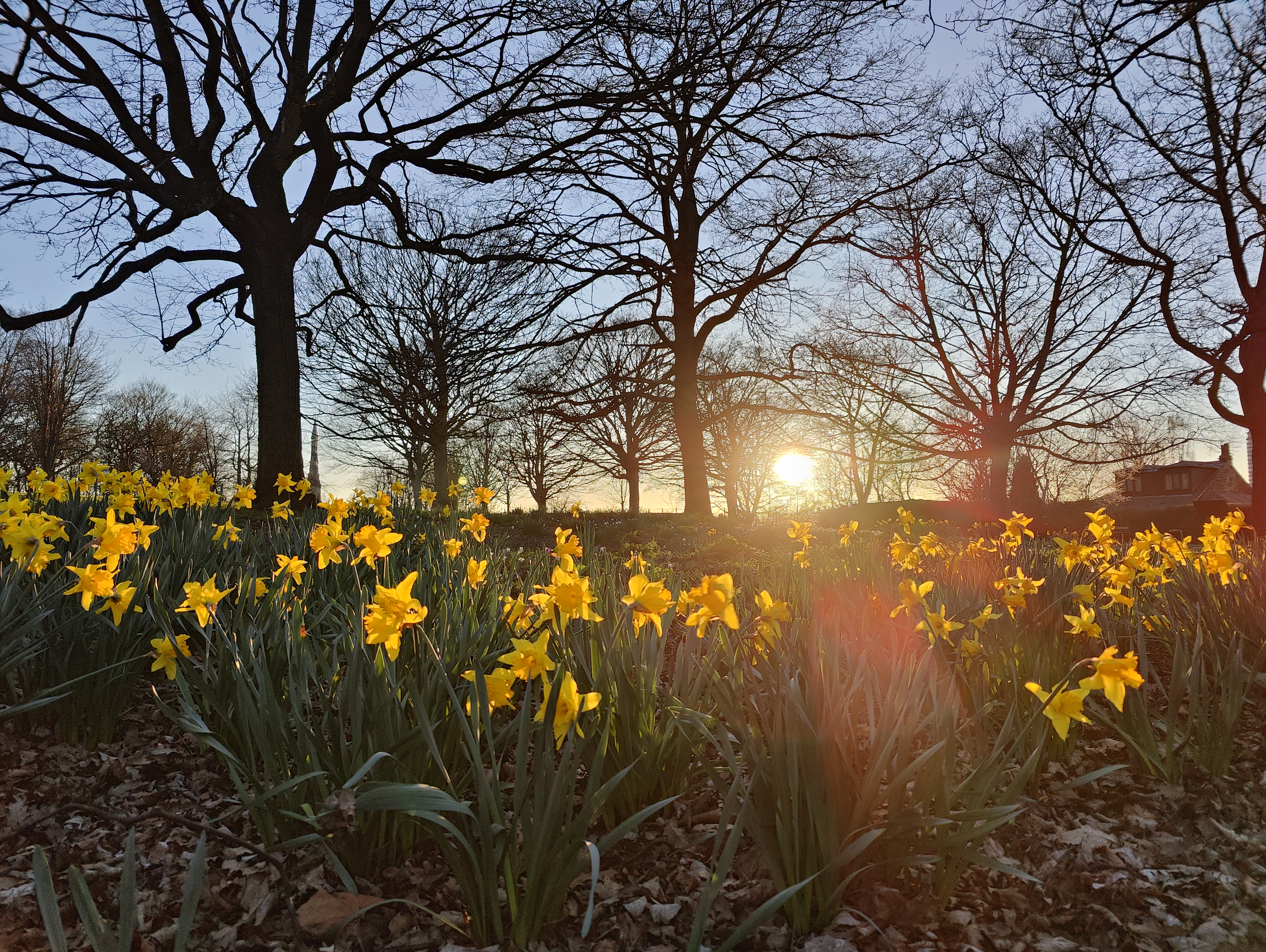
The main camera gives good results, but flare can be an issue, 1/1320s, f/1.8, ISO100, 6mm/23mm equivalent
The cameras all seem to be very susceptible to lens flare as well, when a bright light source is in the frame, and there are times when HDR gives images a washed out look, as well as giving images that look over-exposed. If you view images on the smartphone screen, then this is minimised, as the screen makes most things look better than they are.
Video performance is good, with options up to 8K 24fps, and 4K 120fps with sound, and as long as you don’t need zoom, you get great results.
Stick to the main camera with some telephoto use, and you’ll no doubt be impressed by the results, but it’s probably best to avoid the ultra-wide camera for the most part – with is a real shame. There’s also the selfie camera that could be better, and unfortunately, for those looking for something a bit different, our conclusion is that you will get a better overall camera system from a more mainstream smartphone such as the Samsung Galaxy S22, Google Pixel 6 / 6 Pro, or iPhone 13 Pro, but if you want something more unique, then the OnePlus 10 Pro could be it.



